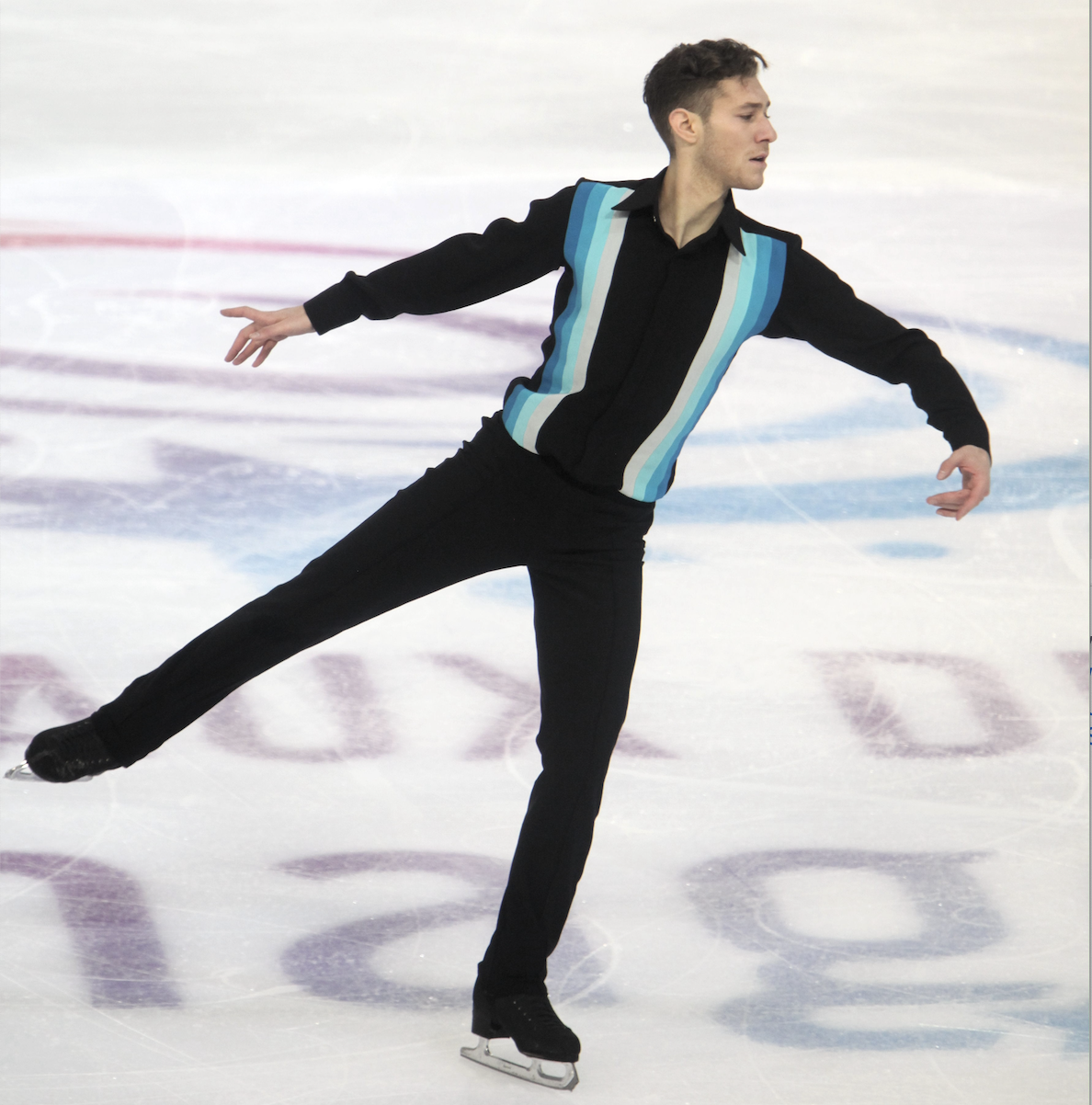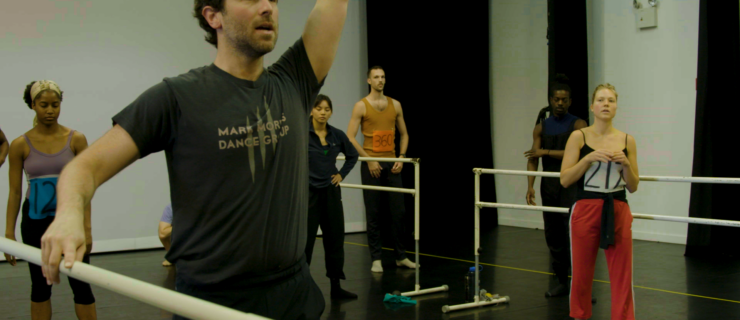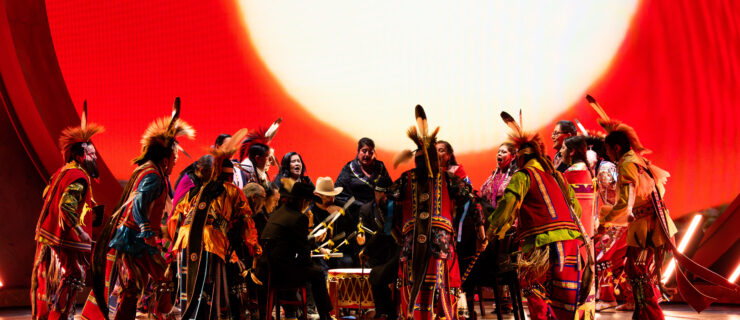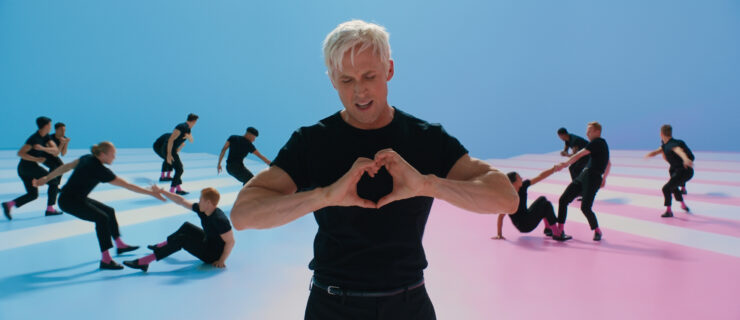Jason Brown Is the Ultimate Dancers’ Skater at the Winter Olympics
For dance-inclined fans, singles figure skating can be a frustrating sport to watch. Sure, choreography, music and costumes are part of it; but over the past decade, they have often felt like an afterthought in the race to pack programs with increasingly hard (meaning quadruple) jumps.
At the Beijing Winter Olympics, which opened today, technical content will again be key to determining podium placement. Yet there is one man you won’t want to miss, regardless of his ultimate ranking: Jason Brown, the American wonder who treats the ice like a dance stage and will no doubt go down as one of the sport’s greatest and most versatile performers.
Brown broke through in 2014, and not just because he earned a bronze medal in the team event at the Sochi Olympics: His exhilarating “Riverdance” free skate went viral in a way few skating programs do, garnering millions of views. A perfect match of choreography and performer, it built anticipation exquisitely, from the elegant opening arm movements to the effervescent, Irish-dance–inspired footwork sequences that start around the two-minute mark. (The standing ovation at the U.S. Championships began before Brown had even hit the final note.)
While he won the U.S. national title the next year, the quadruple-jump race heated up internationally post-Sochi. More and more skaters brought multiple “quads” to the table, leaving Brown—who has occasionally included one in his programs, but never achieved consistency with them—in a difficult position.
Still, while he has no individual world or Olympic medals, he has consistently placed in the top 10 internationally. “Artistry” doesn’t fully capture the quality of Brown’s work. Outside ofjumps, his technical skills are widely recognized as some of the finest in figure skating. His spins, for instance, are lightning-fast and perfectly centered. (And they include gorgeous flourishes: Just watch the free arm in some of them, with the balletic placement of the fingers and curved lines complementing the legs.)
Brown also scores very high program component scores (PCS), which count toward a skater’s total along with technical elements—a reward for the speed, flow, effortless transitions and performance quality he brings to the table. Yet under the current system, PCSs don’t differentiate enough between skaters to compensate for a lack of quadruple jumps; in fact, they even tend to rise along with the technical content.
That seemingly unavoidable ceiling nearly led Brown to retire in 2018, after he failed to make the last Olympic team. “I really didn’t see a future for me in this sport, unless I could do quads,” he told NBC last year. Instead, he moved to Toronto to train with the renowned Tracy Wilson and Brian Orser, whose long list of protégés includes two-time Olympic champion Yuzuru Hanyu (one of the top medal prospects in Beijing) and the 2018 bronze medalist Javier Fernández.
And figure skating should be very grateful that this fan favorite stuck around. Over the past four years, Brown ditched his trademark ponytail and achieved new levels of artistic maturity. In 2019, he came back with “Love Is a Bitch,” a slow-burning short program subtly tailored to Two Feet’s sensual song. As always, Brown doesn’t merely cross the ice to get to the next big element: Every step is three-dimensional, with quick changes of direction, head tilts and développés all perfectly timed to either the melody or the bass line. (Imagine doing all of this not on marley but on actual ice.)
Again in black, at the Winter Olympics this year he will skate to Nina Simone’s “Sinnerman”—another fully realized piece that has earned Brown renewed standing ovations. Just watch the recurring hand motifs, from the jazzy start to claps matching the song, or his expressive use of the torso in the extremely fast step sequences. Also, the casual over-split jump (a Brown trademark) to over-split développé. And the arm briefly coming up to his heart in the final spin. The list of details goes on, and speaks to the level of finesse that goes into his work.
As with “Riverdance,” the choreography is by Rohene Ward, Brown’s longtime choreographer. A former skater himself, Ward also learned tap, hip hop and ballet from a young age. Since Brown’s move to Toronto, Ward has choreographed only his short programs, with David Wilson taking over the longer free ones: after Simon & Garfunkel and “Slaughter on Tenth Avenue” programs, Brown brings “Schindler’s List” to Beijing. It’s a more traditional choice for figure skating, but Brown, who is Jewish, said he waited until he “felt capable of conveying that story.”
The 27-year-old, who came out as gay last year, is without a doubt the total package at this point in his career. He has persevered in a sport that doesn’t really reward artistic excellence with medals, putting huge amounts of energy into the quality of his programs where others might have held back a little to focus on nailing quads. (He is also fun and fabulous in exhibitions, as this carefree Justin Timberlake number suggests.) Brown has been called a skaters’ skater; he is also arguably the ultimate dancers’ skater. Whatever happens in Beijing, an artist will have graced the Olympic ice once more.




